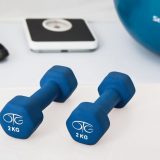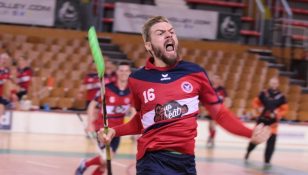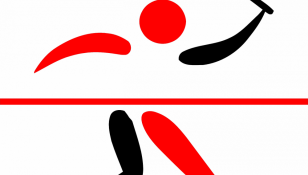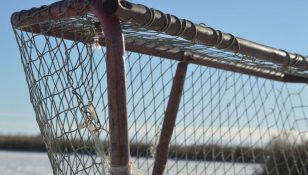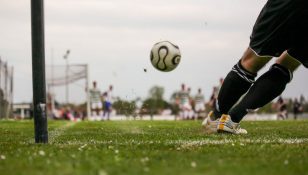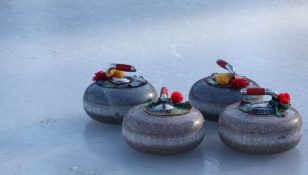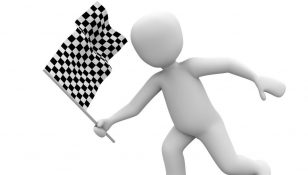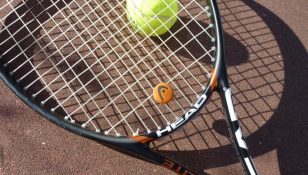Innebandy Allsvenskan: En In-Depth Look at Swedens Premier Floorball League
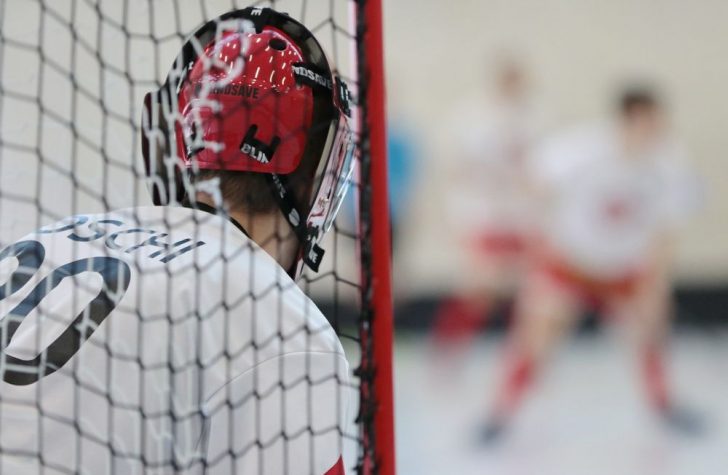
Innebandy Allsvenskan: Sweden’s Premier Floorball League
Introduction:
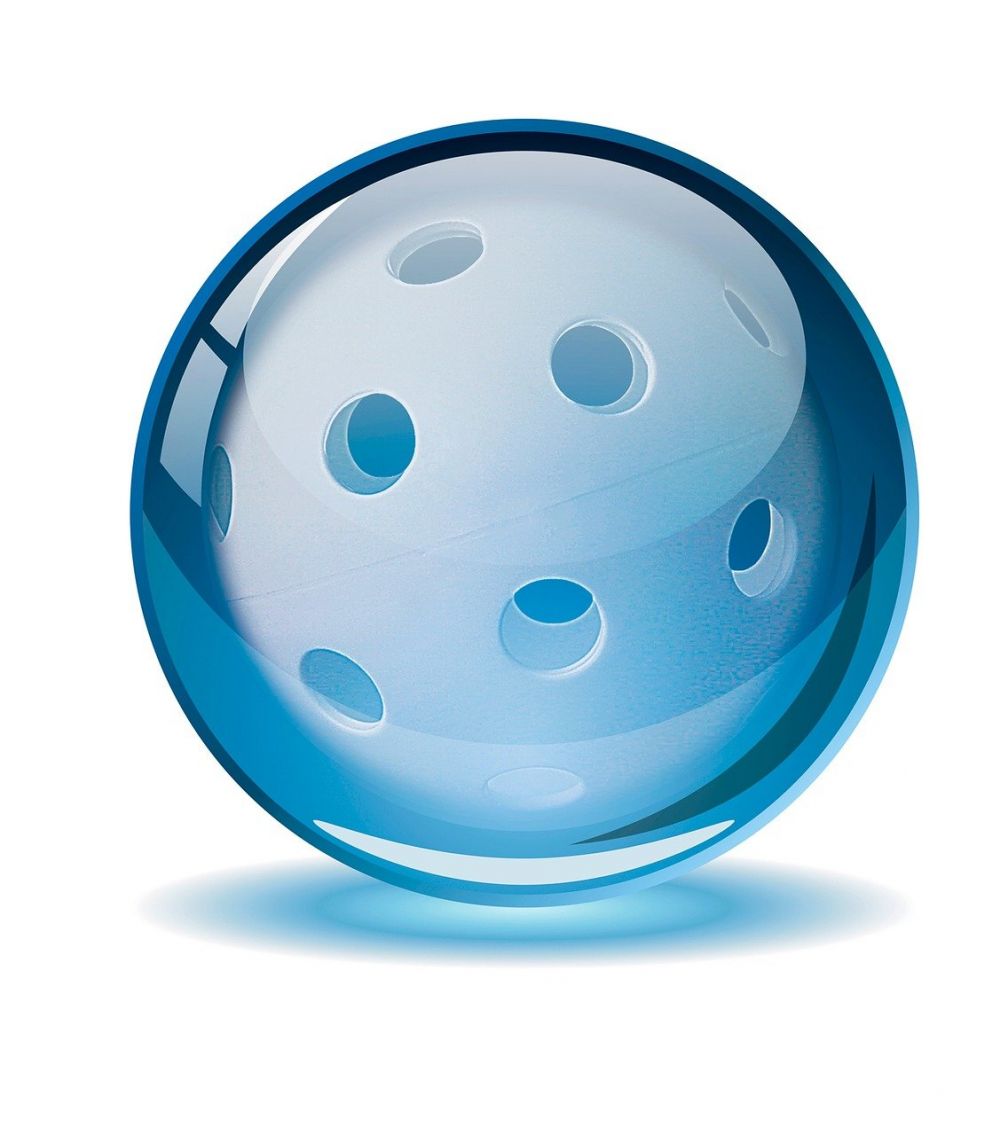
Innebandy Allsvenskan is the top division of floorball in Sweden, showcasing the nation’s finest players and captivating fans with fast-paced, skillful matches. In this comprehensive article, we will delve into the various aspects of Innebandy Allsvenskan, including its overview, types of leagues, popularity, quantitative measurements, differences between divisions, and a historical analysis of the pros and cons.
Overview of Innebandy Allsvenskan
Innebandy Allsvenskan is the highest level of competitive floorball in Sweden, featuring professional players and teams from across the country. With its roots dating back to the 1970s, the league has grown exponentially in popularity and stature, attracting both domestic and international talent. The matches are played indoors on a 40×20-meter rink, and teams consist of five field players and a goalkeeper.
Types of Leagues within Innebandy Allsvenskan
1. Men’s Allsvenskan:
This is the primary league for male teams, divided into two geographical divisions Norra (North) and Södra (South). These divisions ensure balanced competition and reduce travel distances for teams.
2. Women’s Allsvenskan:
Similar to the men’s league, the women’s Allsvenskan serves as the top tier for female teams. It is also divided into Norra and Södra divisions, fostering regional competition.
3. Junior Allsvenskan:
Designed for young talents, the junior Allsvenskan offers U19 competitions, providing a platform for aspiring players to showcase their skills and progress towards the senior levels.
Popularity of Innebandy Allsvenskan
Innebandy Allsvenskan has gained immense popularity in Sweden, engaging fans of all ages and backgrounds. The league’s energetic playing style, skillful maneuvers, and high-scoring matches have contributed to its allure. Clubs across the nation attract passionate supporters, creating an electric atmosphere during matches. Additionally, the widespread coverage by media outlets, live streaming options, and social media presence have further enhanced the league’s reach.
Quantitative Measurements of Innebandy Allsvenskan
1. Team Performance Metrics:
Teams in Innebandy Allsvenskan are ranked based on their performance throughout the season. Goal difference, points accumulated, and the number of victories are key indicators of a team’s success.
2. Player Statistics:
Individual player performance is meticulously tracked, including goals scored, assists made, penalties incurred, and overall playing time. These statistics offer valuable insights into players’ contributions and form the basis for awards and recognition.
Differences between Divisions within Innebandy Allsvenskan
While Innebandy Allsvenskan serves as the umbrella term, there are notable differences between its divisions. Geographical aspects play a significant role, with teams from Norra and Södra divisions facing different opponents, varying travel distances, and unique regional rivalries. Moreover, differences in team structure, playstyles, and talent pool further contribute to the contrast between divisions.
Historical Analysis of Pros and Cons of Innebandy Allsvenskan
1. Pros:
a) Competitive Development: Innebandy Allsvenskan has significantly contributed to the development and overall improvement of floorball in Sweden.
b) Exposure and Opportunities: The league provides a platform for players to gain recognition, both domestically and internationally, opening doors for professional contracts and national team call-ups.
c) Entertainment: The fan-friendly atmosphere, thrilling matches, and well-organized events make Innebandy Allsvenskan an exciting spectacle for spectators.
2. Cons:
a) Financial Challenges: Some clubs face financial constraints due to the costs associated with running professional teams, which can impact player salaries, facilities, and overall stability.
b) Limited Television Coverage: While media coverage has improved over the years, there is still room for increased television exposure to expand the league’s reach and attract additional sponsors.
c) International Competitiveness: The dominance of Swedish teams at the international level, although a testament to the league’s quality, can hinder the growth of floorball in other countries.
Conclusion:
Innebandy Allsvenskan stands as a premier floorball league in Sweden, captivating fans with its intense matches, skilled athletes, and rich history. The league continues to evolve, aiming to address challenges and seize opportunities to further enhance its popularity and competitiveness. Whether you are a devoted fan, aspiring player, or simply eager to explore the world of floorball, Innebandy Allsvenskan offers an exhilarating experience that should not be missed.



